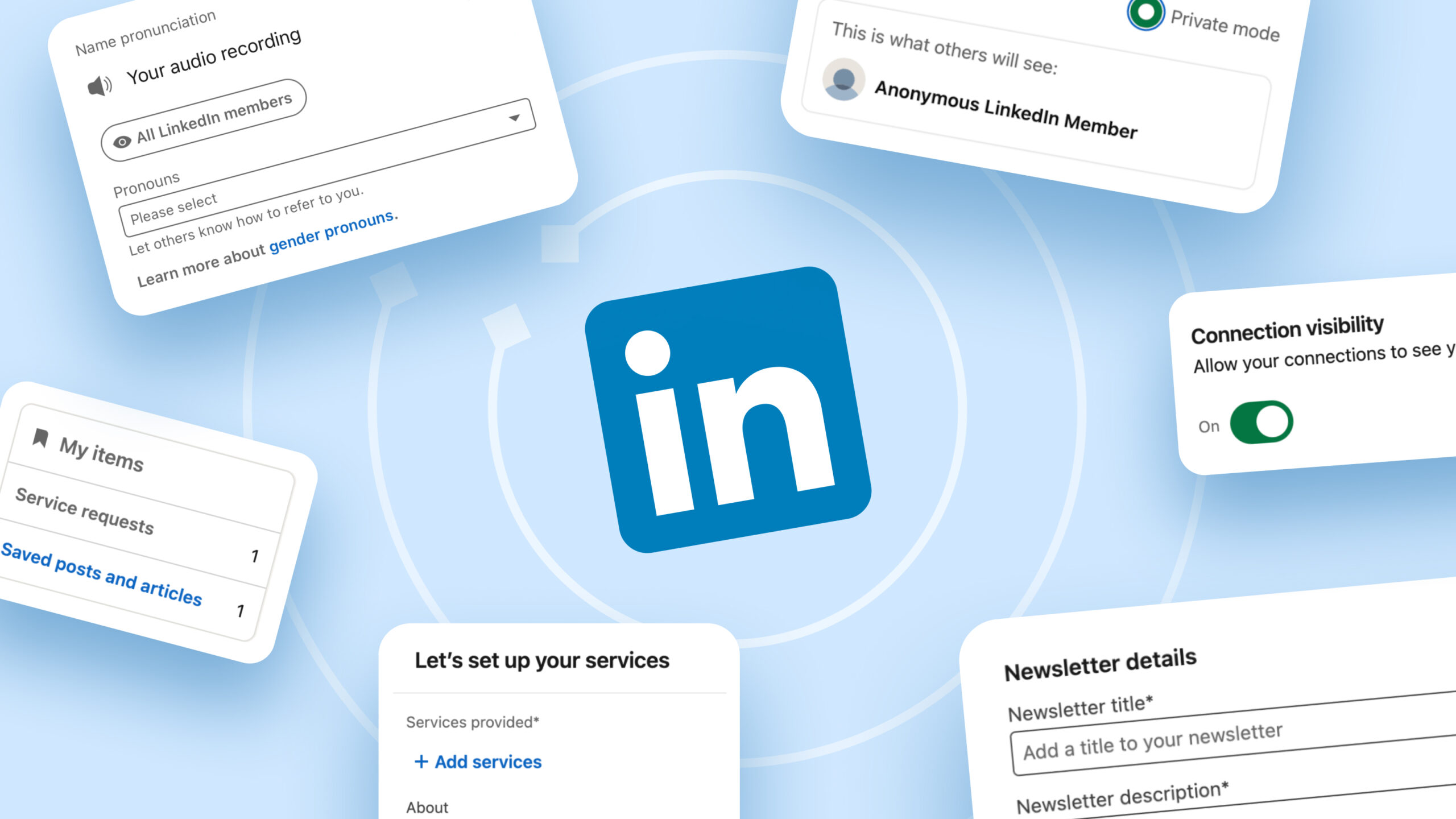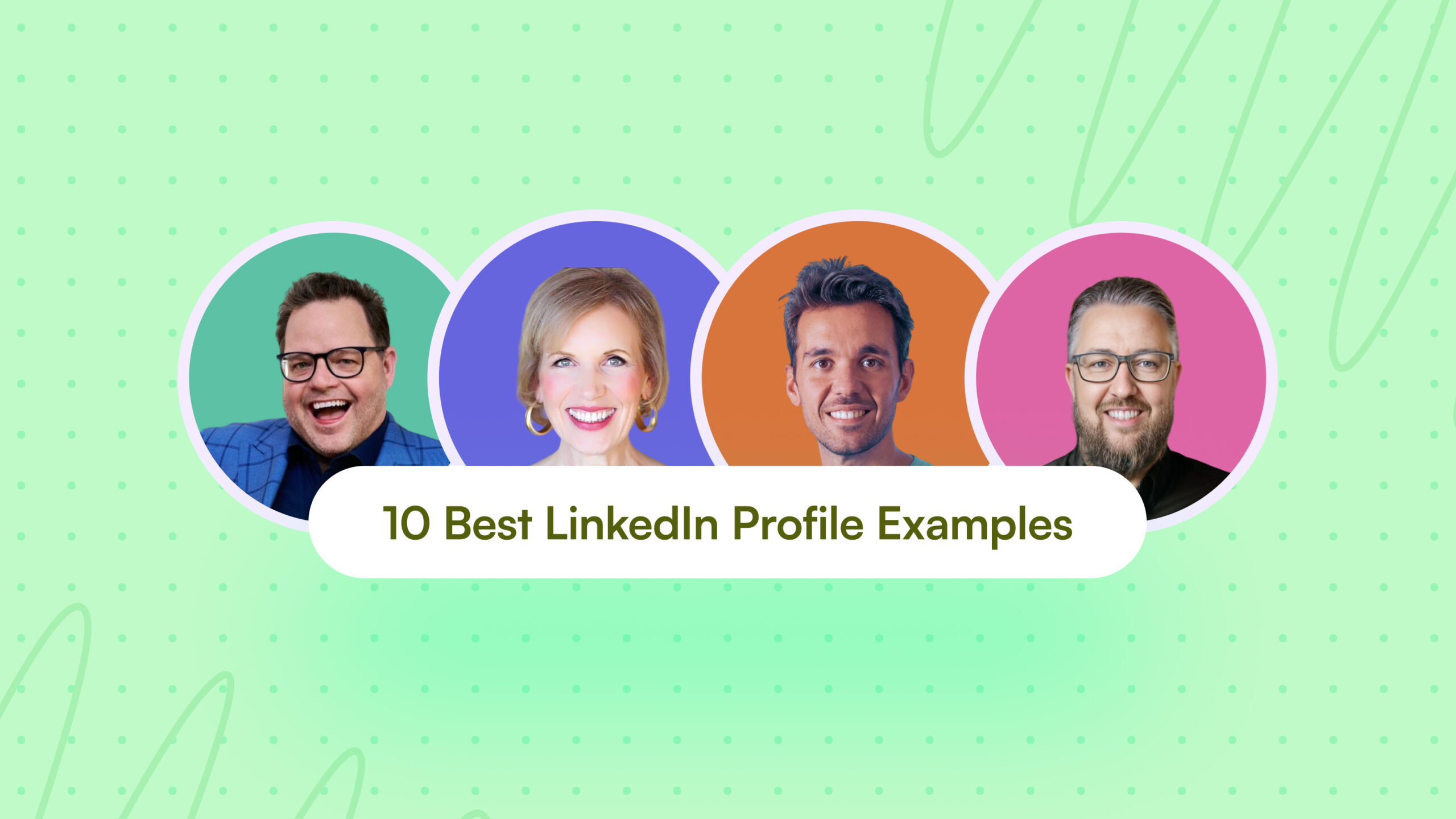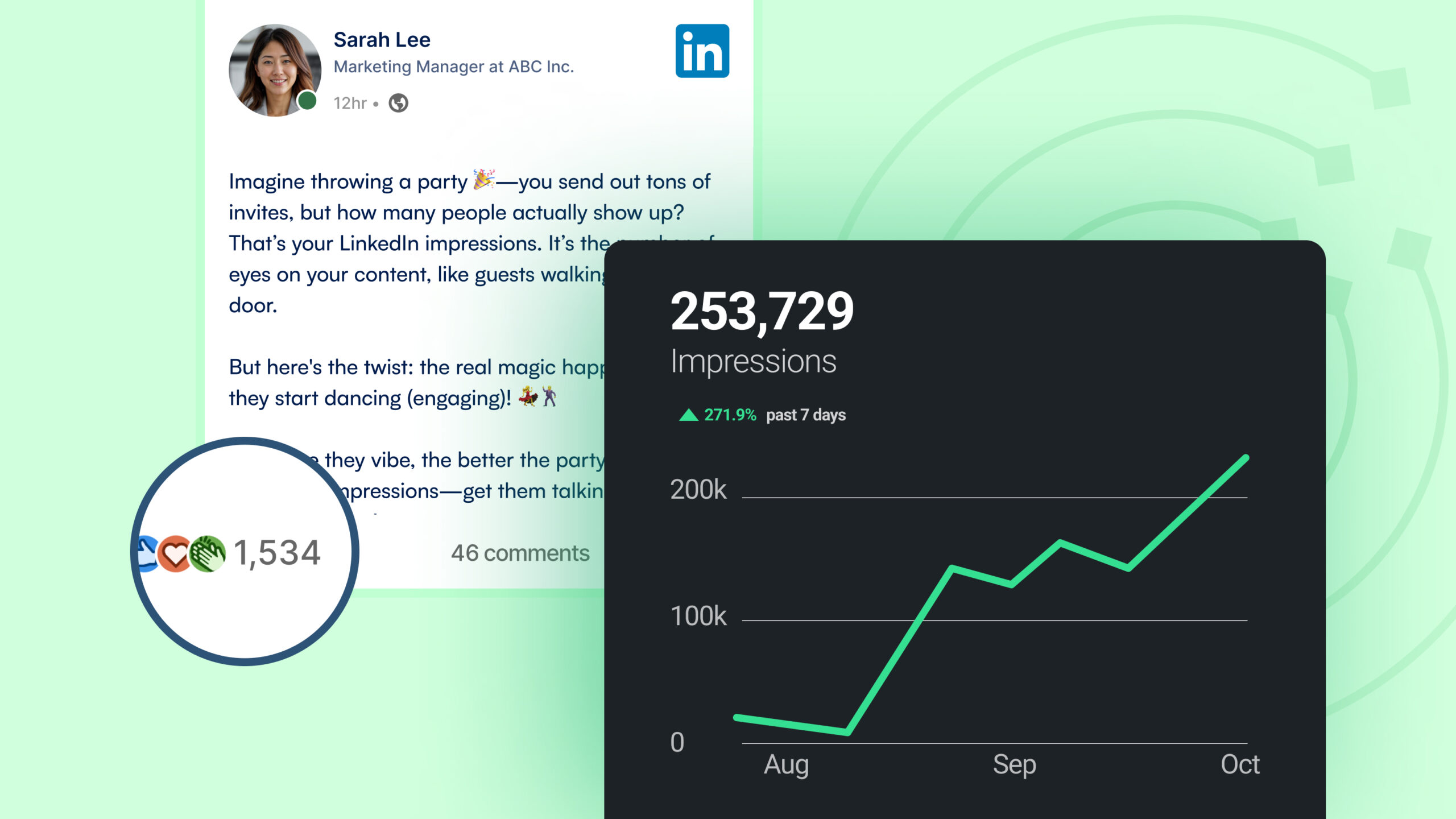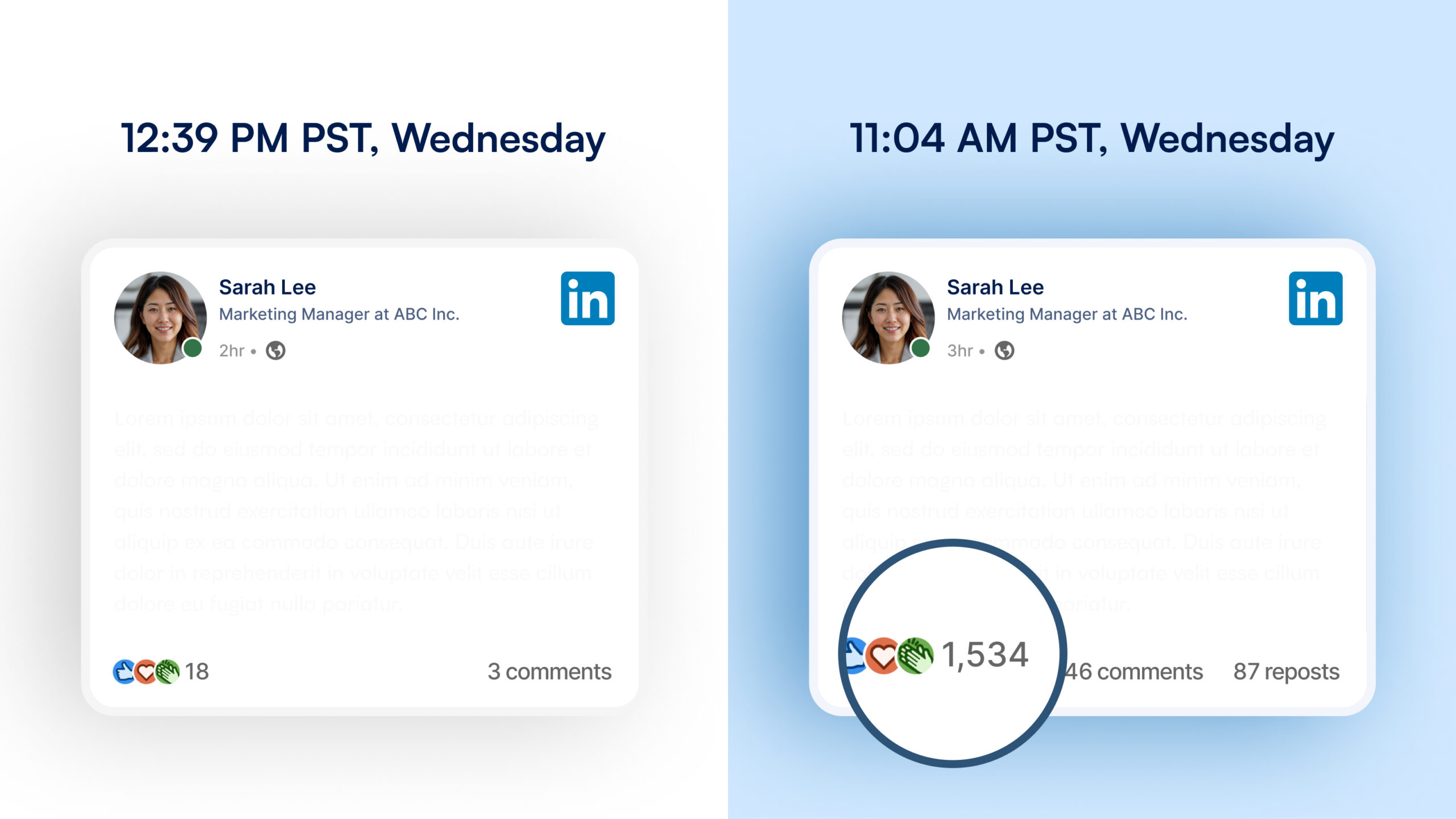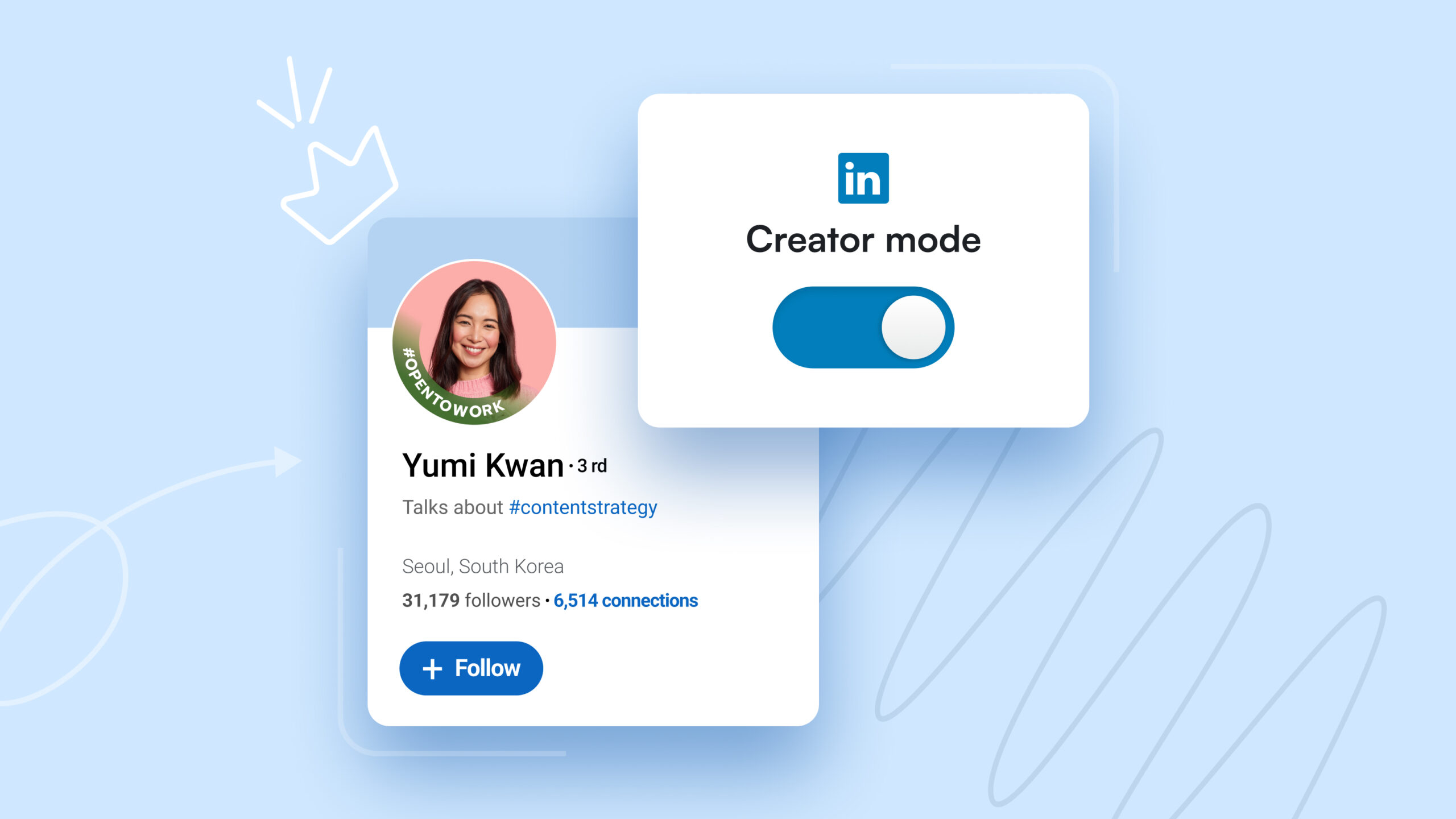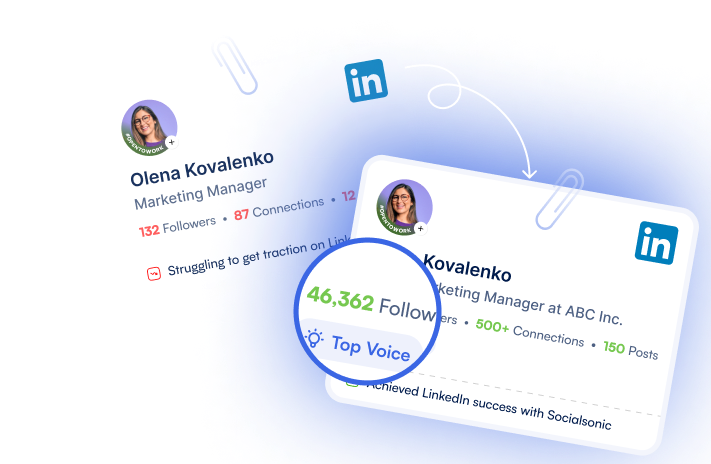If you’re trying to build a strong LinkedIn presence, the first question that always comes up is–”How often should I be posting?”
The truth is, LinkedIn isn’t like other social media platforms.
LinkedIn has its own dynamics, audience behavior, and engagement patterns, making posting frequency a little trickier. But don’t worry—you’re not alone in this!
We’re exploring how often you should post on LinkedIn, whether you’re an individual looking to grow your personal brand or a business aiming to connect with clients.
We’ll also cover the best times to post and provide tips to help you maximize your LinkedIn strategy.
Let’s get into it.
How often should you post on LinkedIn as an individual?
LinkedIn’s algorithm has evolved over the years, but one thing remains constant—consistent posting is critical to staying top-of-mind.
However, the frequency at which you should post depends largely on your personal goals, your industry, and the quality of the content you’re putting out.
If your goal is to build a personal brand, LinkedIn recommends posting at least once per week and building it up to 2 to 3 times for ideal visibility.
But is once a week enough to build a solid personal brand? The answer lies in your industry.
If you work in fast-paced sectors like tech, finance, or marketing, posting 4 to 5 times a week can keep you visible and relevant.
For example, marketing professionals may need to keep their audience updated on the latest trends, tools, and developments more frequently than someone in academia or law.
On the other hand, those in slower industries may find that 2 to 3 posts per week is sufficient to maintain a presence without overwhelming their network.
What kind of content should individuals be posting on LinkedIn?
The type of content you share is equally important when determining how often to post.
Thought leadership posts, in-depth articles, and case studies might require less frequent posting because they encourage deeper engagement.
In comparison, short, engaging updates, polls, or event announcements can be posted more frequently.
For example, sharing a detailed case study about the ROI of a recent client’s marketing campaign might perform best if posted once or twice a week, whereas quick tips or industry news can be shared several times a week.
How often should businesses post on LinkedIn?
LinkedIn operates as a key channel for branding, lead generation, and relationship-building for businesses.
In fact, 40% of B2B marketers find LinkedIn the most effective social media platform for generating high-quality leads.
But how often should businesses post to maximize engagement without overwhelming their audience?
Post too much, and you risk annoying your connections. Post too little, and you risk becoming irrelevant.
Research shows that 3 to 5 posts a week is the ideal frequency for businesses wanting to post consistently on LinkedIn.
Businesses that post frequently—without going overboard—are more likely to stay visible in their audience’s feed without annoying them.
Companies that post once a day are engaging with their audience enough to make an impact but not so much that they come off as spammy.
LinkedIn states that company profiles that post weekly see two times higher engagement with their content than those that don’t.
Just like for individuals, the frequency of posting for businesses depends on the industry.
Fast-moving and competitive sectors like retail, tech, or media benefit from more frequent updates, whereas industries like B2B services or consulting might find 2 to 3 posts per week more effective, especially if those posts are more in-depth.
Another essential factor to consider is what you’re posting on your LinkedIn business profile.
Posts that add real value to your followers’ professional lives—such as thought leadership articles, market research, or educational resources—generate far more engagement than frequent low-value posts.
When is the best time to post on LinkedIn?
When it comes to LinkedIn, timing can make or break your engagement.
Posting at peak times can help you reach more people, but this varies based on your audience’s location, industry, and time zone.
Generally, the best days to post on LinkedIn are weekdays, specifically Tuesday, Wednesday, and Thursday.
These days see the highest engagement, with Wednesday often being the top performer.
Mondays tend to have lower engagement, as professionals catch up on work after the weekend, and Fridays can be hit-or-miss, depending on the audience.
Friday evenings and weekends are usually the worst days to post on LinkedIn as most people are busy during these times and don’t often check up on LinkedIn updates.
But, of course, this can also vary depending on your industry or target audience.
Research suggests that the best times to post on LinkedIn are:
- Mid-morning (9 AM to 11 AM)
- Early afternoon (1 PM to 3 PM)
These time slots align with when professionals take breaks, have lunch, or catch up on their feeds after meetings.
But remember, these timings depend on the time zone you want to target. You’ll need to adjust your posting schedule if your audience spans multiple time zones.
For example:
If your audience is primarily in the US and you aim to post between 9 AM and 11 AM EST, you’ll need to schedule your post for 3 PM if you’re posting from the GMT zone.
Pro tip: Don’t just rely on general timing recommendations—use LinkedIn’s native analytics to track when your audience is most active and engaged. And take advantage of scheduling tools so you can easily automate this process.
5 key factors that affect how often to post on LinkedIn
Figuring out how often to post on LinkedIn involves several factors.
A one-size-fits-all approach with a generalized posting schedule won’t necessarily work. You need to adapt to a dynamic set of variables unique to your audience, industry, and content style.
Let’s break down the core factors that should shape your posting frequency on LinkedIn:
1. Audience behavior and engagement patterns
Your audience’s engagement behavior is a significant determinant in deciding how often to post.
LinkedIn provides excellent analytics to show the geographic distribution of your followers and when your posts receive the most engagement, which can help you identify the best times to post.
If you find that a significant portion of your audience logs in once or twice a week, posting daily could lead to fatigue or missed opportunities.
Pro tip: Test various posting frequencies (e.g., three times a week versus daily) and analyze how each cadence affects metrics like post views, comments, and profile visits.
A/B testing, especially over a sustained period, can reveal how your specific audience reacts to different posting volumes.
2. LinkedIn’s algorithm and ‘dwell time’
LinkedIn’s algorithm doesn’t just favor frequent posting—it prioritizes engagement and ‘dwell time,’ or how long users spend on a post.
Posts that lead to more thoughtful interaction, such as long-form content, infographics, or carousels, often result in higher ‘dwell time,’ which can push your content into more feeds.
This means you might not need to post daily if you focus on content that captivates your audience longer.
Instead, posting less frequently but delivering highly engaging and valuable content could be more effective.
LinkedIn also pushes posts that engage more individuals. This means that the more interactions a post receives, the more LinkedIn will push it through its algorithm.
3. Content creation bandwidth
Another important factor is your ability to create high-quality content consistently.
If you struggle to generate fresh, insightful content daily, reducing your posting frequency is better than sacrificing quality.
Low-quality posts can damage your credibility, while a thoughtful, well-crafted post can generate engagement for several days.
Also, consider content repurposing.
You can repurpose a blog post into a carousel, a series of short posts, or even a video for LinkedIn.
This allows you to stretch one idea across multiple formats without constantly creating something new.
Pro tip: If you struggle with consistently producing fresh content for your LinkedIn, let Socialsonic do the heavy lifting for you.
Socialsonic’s intelligent AI helps you generate relevant, high-quality content tailored to your audience.
With insights from top industry creators and trending topics, Socialsonic ensures that your posts are always on point—without you having to spend hours brainstorming ideas.
4. Competitive analysis and benchmarking
Don’t just post in a vacuum. We mean posting without a real, objective content strategy.
Start by regularly assessing how often your competitors post and what’s working for them.
If your competitors post three times a week and drive high engagement, that might be a sweet spot for your industry.
On the other hand, if they post daily but receive little interaction, it could indicate that their audience is feeling overwhelmed, signaling a need to adjust.
Also, look for what kind of content your competitors are missing, which could be very beneficial for your LinkedIn strategy.
For example, you might notice that your competitors don’t post relatable content like memes. This could be your chance to add something new to your content calendar and address any gaps for potential followers.
5. The evolving nature of LinkedIn content formats
The type of content you post also dictates how frequently you should post.
LinkedIn continues to evolve with new content formats, such as polls, collaborative articles, and document carousels, which engage different audiences in various ways.
Polls tend to drive higher engagement and can be posted more frequently for business profiles.
At the same time, collaborative articles are a great way to expand your network and establish yourself as a thought leader.
Pro tip: Consider mixing content formats to maintain variety in your feed. For example, if you post a detailed text post on Monday, consider following up with a lighter, interactive poll later in the week to keep the engagement momentum going.
The truth is, there’s no one-size-fits-all approach to how often you should post on LinkedIn.
What works for someone in marketing might look entirely different for a fintech business.
The magic comes from paying attention to what works for your audience, adapting when necessary, and consistently producing high-quality content.
It’s about finding that rhythm—posting just enough to stay relevant but not so much that you’re seen as noise.
Start with 2-5 posts a week, test different formats, and closely monitor your engagement to see what clicks.
And if managing all of this feels like juggling too many plates, try Socialsonic.
Socialsonic takes the stress out of figuring out what to post, researching content, identifying top creators, and scheduling.
Think of it as your behind-the-scenes social media crew, ensuring your content always hits the right note at the right time.
Curious to see how it works? Check out Socialsonic and take the guesswork out of your LinkedIn strategy.
So, what will your next LinkedIn post be?
Happy posting!



